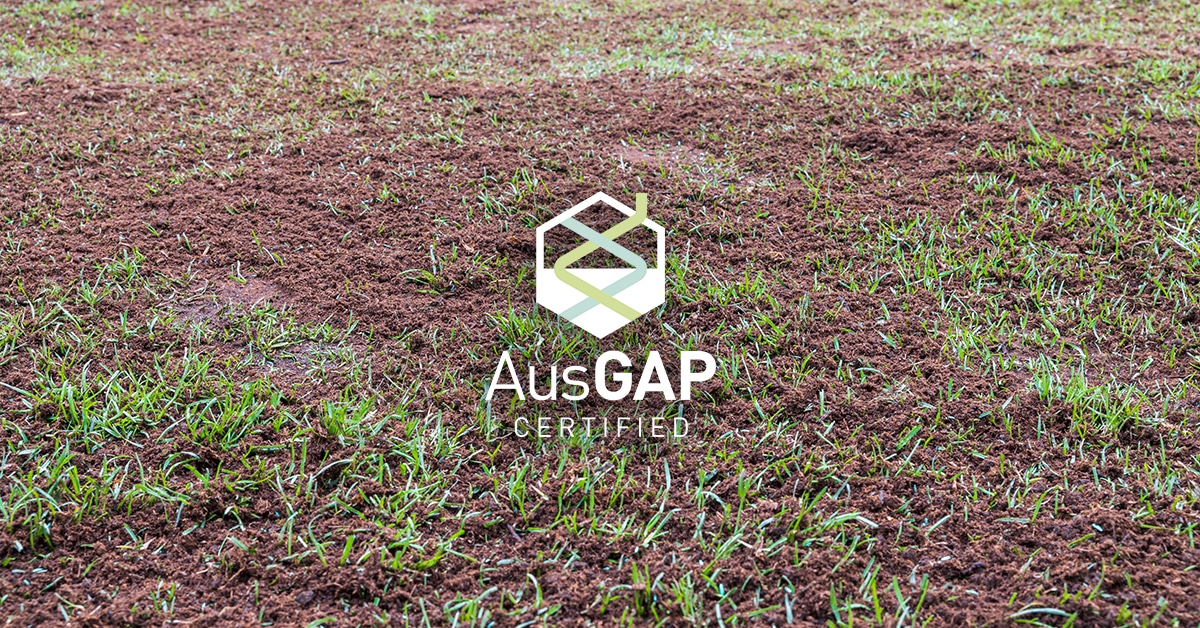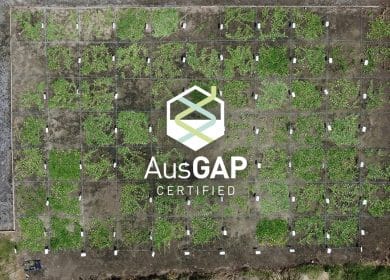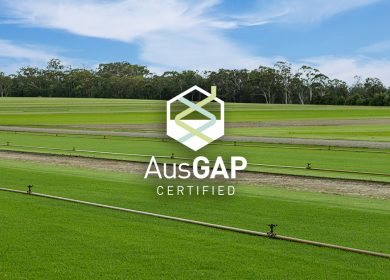Compost Topdressing and its Effects on Turfgrass

Topdressing has many benefits to turf and soil health, allowing for smoother surfaces, lowering of thatch levels and improving turf and soil nutrients. There are varying mediums that can be used on turf surfaces and for different purposes. Compost can have significant amounts of nutrients and when coming from the right sources can be used as a nutrient rich topdressing material. Read on to find out more about the effects of compost topdressing.
Composts are made from many different sources, including municipal solid waste, yard trimmings, biosolids, biochar, and animal manure. The quality of compost varies depending on the source and how it is produced. Quality compost should resemble a dark topsoil, have a crumbly texture and be free from obstructions (Landschoot et al., 2022). Additionally, a quality compost should have an earthy aroma and not produce strong or sickening odours. Usually, smells like this usually indicate that the compost is not fully matured and can cause harm to your turf (Landschoot et al., 2022).
What are the positives of compost topdressing?
Compost topdressing can have significant impacts on soil nutrients, water capacity, microbial, enzyme, and fungal activity (Azeem et al., 2020). While the pH. of composts can vary they usually are between 6.0 and 8.0, a range favourable for turf root growth (Landschoot et al., 2022). In addition, along with the normal positives of topdressing, thatch reduction is especially effective with compost. This is due to the increase in microbial activity particularly in biologically void soils. For similar reasons, compost topdressing can reduce the severity of turfgrass diseases such as dollar spot, brown patch, and red thread (Linde et al., 2005).
What are the negatives of compost topdressing?
Being an organic matter, compost can be a challenge to control from batch to batch. For example, the nutrient values varying between batches as well as compost consistency and moisture content. Additionally, if the product has not been properly composted, weeds and weed seeds can be a problem. Still, the composting process should have destroyed nearly all viable seeds however, if temperature control is not monitored adequately and it has been stored outside for long periods of time, the compost can pose a risk to the genetic purity of the turfgrass as well as site biosecurity (Cheng et al., 2007). On the other hand, these problems can be easily solved by sourcing your compost from a reputable source, this means their compost has been field tested and with a proven track record of turf suitability.
What are studies suggesting?
Recent research has been able to conclude that higher quality turf, increased growth and soil fertility can happen as a result of compost applications. These effects were seen more with multiple compost applications throughout the year, rather than a singular application (Le Strange et al., 2007). Of course, a singular application still had added benefits to turf however, long term the turf and soil benefited more from repeated applications (Le Strange et al., 2007). Additionally, repeated compost topdressing applications exhibited faster spring green-up, better overall turfgrass quality in spring as well as extended fall greenness (Le Strange et al., 2007). Furthermore, another study into composted green waste on municipal bermudagrass (couch) found that compost topdressing had a positive effect with delayed winter dormancy, increase in turfgrass quality, uniformity, density, and overall visual appeal compared to plots without compost application (Linde et al., 2005).
Overall, compost topdressing can be said to have positive effects on turf in a multitude of environments. Studied in sports turf and municipal settings, compost has been said to have the essential and micro nutrients needed for superior turf surfaces. However, it is important to assess the needs of your turfgrass facility as different topdressing materials serve different purposes. It may be useful to sand topdress in between compost topdressing applications to ensure compaction and drainage issues do not arise.
References:
Azeem, M., Hale, L., Montgomery, J., Crowley, D., & McGiffen, M. E. (2020). Biochar and compost effects on soil microbial communities and nitrogen induced respiration in turfgrass soils. PLOS ONE, 15(11). https://doi.org/10.1371/journal.pone.0242209
Landschoot, P. (2022, July 3). Using composts to improve turf performance. Penn State Extension. Retrieved August 2, 2022, from https://extension.psu.edu/using-composts-to-improve-turf-performance
Cheng, H., Xu, W., Liu, J., Zhao, Q., He, Y., & Chen, G. (2007). Application of composted Sewage Sludge (CSS) as a soil amendment for turfgrass growth. Ecological Engineering, 29(1), 96–104. https://doi.org/10.1016/j.ecoleng.2006.08.005
Linde, D. T., & Hepner, L. D. (2005). Turfgrass seed and sod establishment on soil amended with biosolid compost. HortTechnology, 15(3), 577–583. https://doi.org/10.21273/horttech.15.3.0577
Le Strange, M., & Geisel, P. (2000, September 12). Turfgrass Research Conference and Field Day. UCR Turfgrass Science. Retrieved August 2, 2022, from https://turfgrass.ucr.edu/reports/field_day_reports/2000_fieldday_all.pdf


